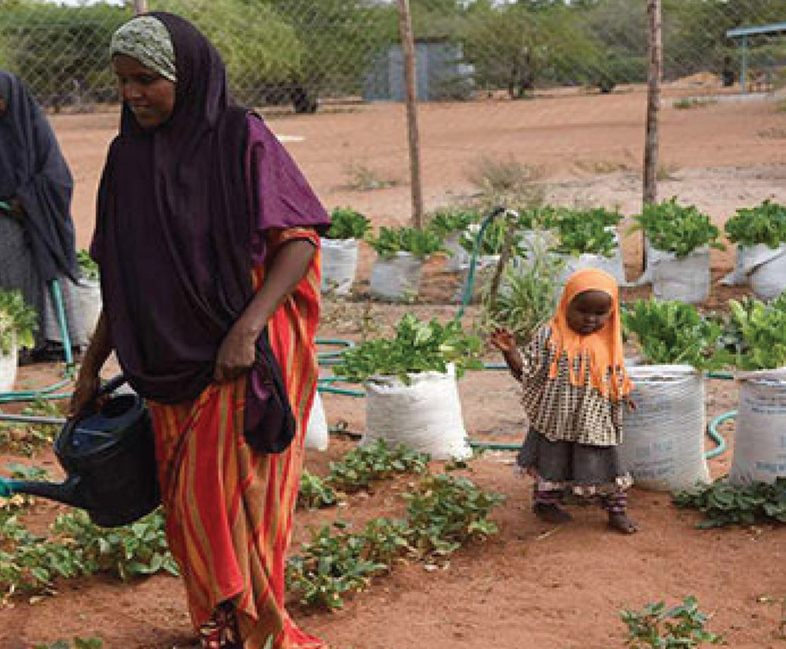- Home
- About
- Experts
- Publications
- Our Centers
- Policy Forums
- Speeches
- Events
- Multimedia
- Mon-Fri (9:00 am-7.00 pm)
- [email apolicyinstitute@gmail.com]
- +254 706 670 965
- Mon-Fri (9:00 am-7.00 pm)
- [email apolicyinstitute@gmail.com]
- +254 706 670 965

Since 2017, the Nairobi Declaration and Plan of Action has given rise to a new humane framework, hailed globally as a regional model of hospitality and response to refugees in the Horn of Africa. However, the spotlight is now on the effectiveness of this model, and the web of partnerships that support it.
We live in an increasingly inhuman world where resurgent populism, intolerance and antimigration policies have weakened the existing humanitarian system and eroded the care and protection of the world’s growing number of refugees. Globally, forced displacement is at its all-time high. By 2017, more than 68.5 million people (about 0.9 per cent of the world’s 7.3 billion people) had been forced to flee their homes and communities in search of safety and dignity. Regionally, by August 2019, seven countries in the Horn of Africa (Djibouti, Ethiopia, Kenya, Somalia, South Sudan, Sudan and Uganda)
hosted over 4,070,336 refugees and almost twice the number of IDPs. By and large, guns in previous theatres of war have fallen silent but the numbers are not going down. In its Country Refugee Response Plan for January 2019 to December 2020, Uganda projects its refugee caseload to hit 1.73 million refugees. The Inter-Governmental Authority on Development (Igad) decided to act and reverse the trend.